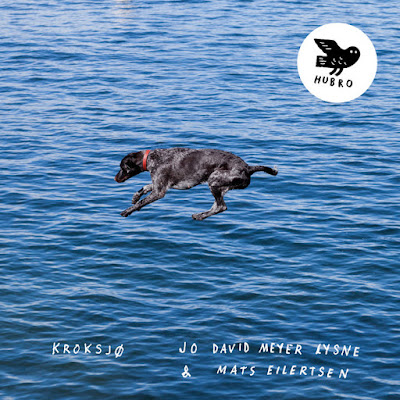Horace Tapscott
The Call
★★★★
So far I've only listened to Tapscott in small settings, nothing of this scale or ambition. But from this album Horace channels a spirituality and soulfulness that rivals many of the other musicians of that period. Just like the cover depicts, this seems to be a sermon that is passionately given in the church of Jazz. And Tapscott acts like that preacher too; he doesn't play piano on any of these songs but rather acts as a conductor for the big band. There are some Mingus-like moments on here and maybe even some messages being received from the interstellar knowledge of Sun Ra (peep the title of the group too). It swings, it makes you think, and it takes you elsewhere. Everything a successful big band should have in my mind.
I was listening to a vinyl rip of this, and the quality was still good to my ears. Starting with the explosive "The Call", Tapscott shows that he can create an effectively catchy lyrical structure without compromising his individuality and intellect. It begins more like a high powered Ellingtonian band that goes jumping off the deep end and is struggling to pull itself out the whole time. Creating a sense of anxiety and constant conflict. The various horns help distinguish themselves, and interestingly enough, without any trumpets. "Quagmire Manor at Five A.M." features some vocals by Adele Sebastian that are similar to Sun Ra's Arkestra singers but perhaps on the cheesier 70s side of things. It begins and ends with it, the same lyrics that are followed with a fun bass line. It gets a bit more on the freer side with the horn soloing and the pianist is still very present, guiding and supporting whichever player is up next.
"Nakatini Suite" is cinematic and chaotic, very much like how one could describe some of Mingus's albums. The drumming is perfectly rhythmic and sometimes even a bit Latin, paired with the piano playing, this can be a potent combination. The pianist, Linda Hill, can go from McCoy Tyner to blocky moments that are emotional and heartfelt, and definitely make an impact. Like a cannonball dive into a fully inhabited community pool. The interestingly titled "Peyote Song No. III" is as third stream as this album gets, maybe even with some East Asian arrangements that keep the piece in a meditative and steady condition. The cello fits in nicely too, serving as a human voice until the end. The last minute or so is as Zen as the album gets, with shifting and mellowed horns and strings to take you home.
I still have more Tapscott from this period to listen to; other big band arrangements and such. What I can say is that he picks up cues from those great leaders and arrangers that came before him, and adjusts it into the modern Jazz scene of the time. It works mostly, a bit dated sure, but even without context it's an engaging album that clearly demonstrates the transitioning periods and evolution of Jazz in the post "New Thing" Era. Even without his skillful piano playing, Tapscott leaves his mark in his conducting and it's clear that no one could quite create an album like this.
Favorite Song: Peyote Song No. III




Comments
Post a Comment